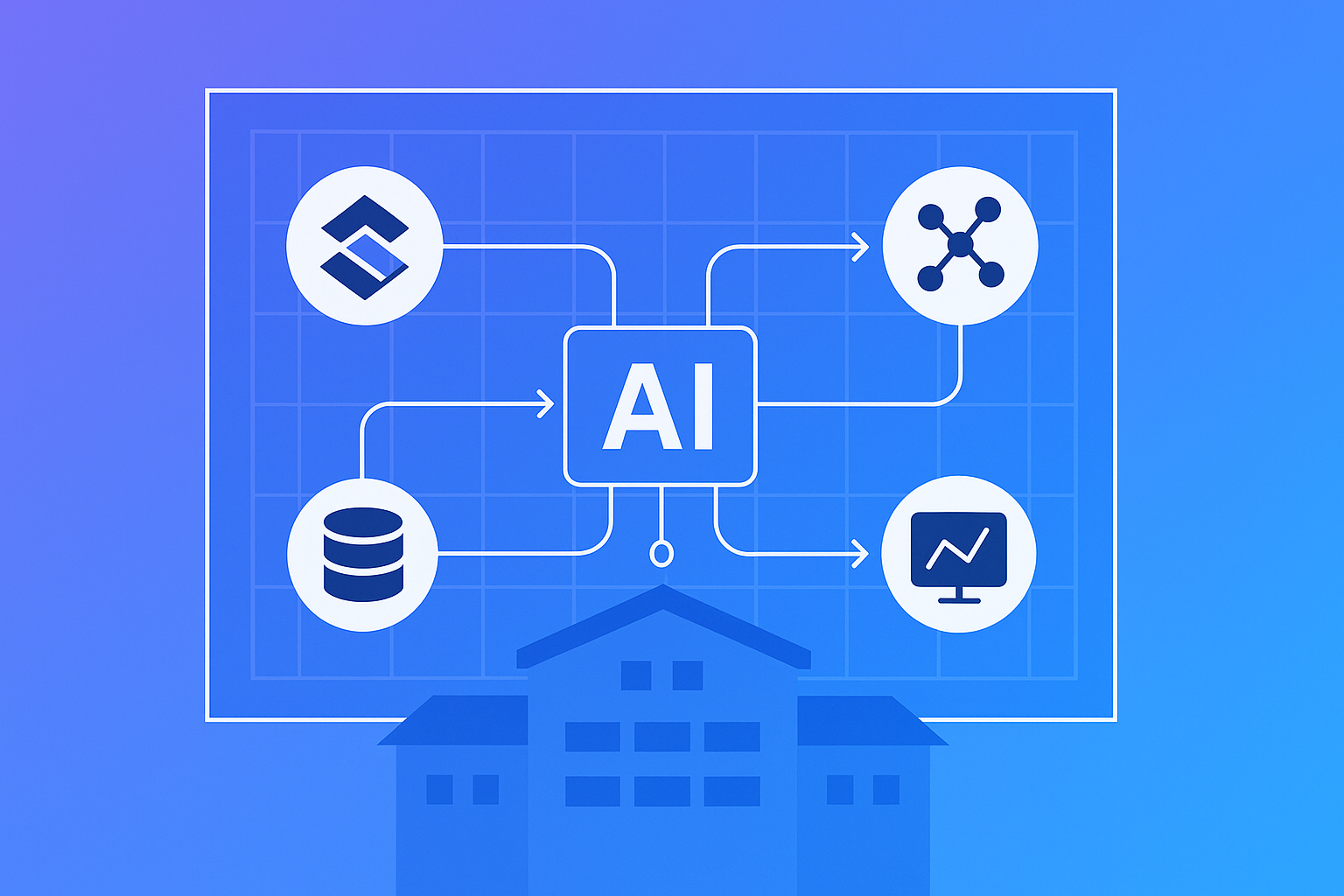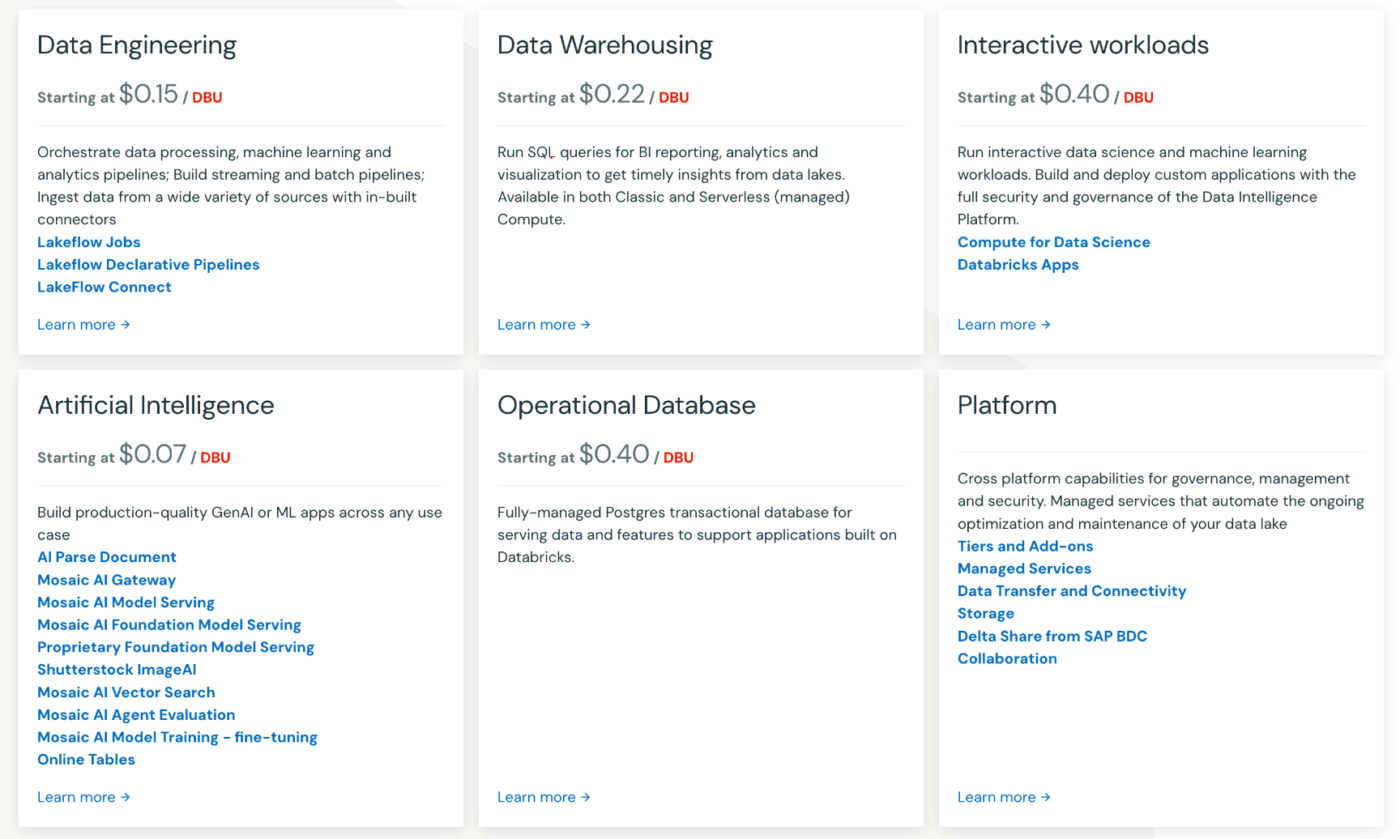Databricks Agentic AI Is in Beta Now, but Is It Ready?

Sorry, there were no results found for “”
Sorry, there were no results found for “”
Sorry, there were no results found for “”
Nov 11, 2025
6min read
When your team spends hours writing prompts, tuning models, and piecing together data pipelines just to deploy one AI agent, productivity grinds to a halt.
Databricks introduced Agent Bricks to solve that bottleneck by automating the entire build and optimization workflow on enterprise data.
This guide walks you through what it offers, how it works, and whether it fits your stack.
Yes, Databricks launched Agent Bricks on June 11, 2025 at its Data+AI Summit in San Francisco.
The platform automates AI agent creation by generating domain-specific synthetic data and task-aware benchmarks, then optimizing models for cost and quality without manual prompt engineering.
Built on Databricks’ acquisition of MosaicML in 2023, the product positions Databricks as both a data lakehouse provider and an agentic AI platform.
It targets teams who manage large volumes of internal documents, transactional records, or unstructured content and need agents that can extract insights, answer questions, or coordinate multi-step workflows securely.
Agent Bricks entered public beta in mid-2025, initially available on AWS in US regions with planned expansion to Europe by year-end.
Agent Bricks collapses the traditional trial-and-error loop into a guided pipeline. You describe the task in plain language, connect your data sources through Unity Catalog, and the system auto-generates synthetic training examples that mirror your domain.
Those examples feed into a benchmark suite that scores candidate models on accuracy, latency, and cost. The platform then selects the configuration that hits your quality bar at the lowest price per inference.
This workflow eliminates the weeks teams typically spend labeling data, tuning prompts, and running A/B tests.
Behind the scenes, MLflow 3.0 logs every evaluation run, so you can trace model decisions back to the underlying data and parameters. Security stays intact because agents never pull data outside the Databricks lakehouse perimeter.
That architectural overview matters most when you see it solve a real problem.
AstraZeneca’s data team faced a backlog of 400,000 clinical trial PDFs that needed structured extraction for regulatory filings. Manual review would have taken months.
They configured an Information Extraction agent in Agent Bricks, pointed it at the document repository, and let the system generate synthetic samples based on trial protocol schemas. The agent parsed all 400,000 files in under 60 minutes with no code.
Hawaiian Electric saw similar gains when they replaced a brittle LangChain-based solution with Agent Bricks for legal document queries.
The new agent significantly outperformed their original tool on answer accuracy in both automated and human evaluations, giving employees confidence to rely on it for compliance lookups.
Agent Bricks inherits Databricks’ integration layer, so it plugs directly into the platforms your data and ML teams already use.
Unity Catalog acts as the central governance hub, managing access to data lakes, warehouses, and vector stores in one policy framework.
Agents query Delta tables, Parquet files, or documents stored in the lakehouse without copying data to external services.
| Platform/Partner | Nature of Integration |
|---|---|
| Unity Catalog | Unified governance for data, models, and agent outputs |
| Neon | Serverless Postgres for transactional agent workflows |
| Tecton | Real-time feature serving with sub-100ms latency |
| OpenAI | Native access to GPT-5 on enterprise data |
Developers interact with Agent Bricks through standard Databricks APIs and SDKs. The ai_query SQL function lets analysts call LLMs directly in queries, and REST endpoints serve agents via Model Serving infrastructure.
IDE integrations support CI/CD pipelines, so engineers can version-control agent configurations alongside application code.
The upcoming Tecton acquisition will embed an online feature store into Agent Bricks, delivering streaming data to agents with sub-10ms latency.
That capability unlocks fraud detection, personalization, and other use cases that depend on up-to-the-second information.
For now, teams can prototype with batch features and plan to swap in real-time data once the integration goes live in mid-2026.
Early feedback splits between enthusiasm for ease of use and caution about beta limitations.
One Reddit user praised the no-code agent builder and tight integration with Unity Catalog, noting that agents automatically inherit data permissions.
The same user flagged that a full optimization run typically takes more than an hour and costs over $100 in compute, which can add up during experimentation.
Regional availability created friction for European teams. A Databricks account rep confirmed in mid-2025 that Agent Bricks was US-only during initial preview, prompting some customers to spin up sandbox workspaces in US regions to test the product.
Forum posts also mention preview instability and frequent feature changes, which is typical for beta software but worth planning around if your use case demands high uptime.
On balance, early adopters who can absorb beta quirks and compute costs see value in the automation Agent Bricks delivers. AstraZeneca’s 400,000-document parse and Hawaiian Electric’s accuracy gains resonate across the community as proof that the platform can handle production-scale tasks.
That real-world validation matters when you’re deciding whether to invest engineering time now or wait for the product to mature.
Databricks is expanding Agent Bricks geographically and functionally over the next 18 months. By Q4 2025, the preview is rolling out to European regions, starting with Azure deployments in Western Europe.
That staged rollout lets the company gather diverse user feedback and ensure compliance with regional data regulations before declaring general availability.
The Tecton integration in mid-2026 will let agents pull real-time features from streams, APIs, and warehouses with 99.99% uptime, enabling fraud detection and personalization use cases that require up-to-the-second data.
Neon and Mooncake will merge into a unified “Lakehouse DB” experience, giving agents ACID-compliant writes and instant analytical reads without ETL pipelines.
“Agent Bricks signals a major shift in enterprise AI,” noted an analyst at VentureBeat, pointing to the 10× to 100× performance gains from eliminating traditional data pipelines.
Expect new agent templates beyond the initial four types (Information Extraction, Knowledge Assistant, Multi-Agent Supervisor, Custom LLM Agent).
Databricks research is exploring code assistants, planning agents, and connectors to external APIs. The OpenAI partnership ensures that as OpenAI ships GPT-5 and future models, they’ll be natively available in Agent Bricks with first-party support and governance.
Long-term, Databricks envisions agentic AI as a new user persona on the platform, sitting alongside data engineers and analysts. That vision includes continued investment in Responsible AI features like audit logs, bias detection, and fine-grained policy controls as agent adoption grows in regulated industries.
Agent Bricks follows Databricks’ usage-based pricing model with no upfront license fee. You pay per second of compute and model inference, billed in Databricks Units (DBUs).
Model Serving and Feature Serving workloads run around $0.07 per DBU-second on the Premium plan, which includes the underlying cloud instance cost. GPU-accelerated inference for foundation models also clocks in near $0.07 per DBU-second.

The intensive part is the initial optimization run. One early user reported spending over $100 in cloud compute for a single hour-long training cycle that generated synthetic data and tuned the agent.
After optimization, serving the agent becomes much cheaper because the system identified a cost-efficient model configuration that maintains quality with fewer tokens per query. Teams can set budget limits via Databricks’ budget policy to cap spend during experimentation.
Enterprise customers can purchase commitment packs (prepaid DBU hours) to secure volume discounts, effectively lowering the per-second rate compared to on-demand billing. Exact pricing scales with your cloud provider (AWS, Azure, GCP) and region, with some regions running slightly higher than US East or West.
Hidden costs to watch include compute for vector search, data ingestion, and periodic retraining as your data distribution shifts. Factor in the engineering time saved by skipping manual prompt tuning and data labeling when you calculate total cost of ownership.
Early adopters report that the weeks of manual work Agent Bricks eliminates often offsets the compute expense, especially when you consider the opportunity cost of delayed agent deployment.
© 2025 ClickUp